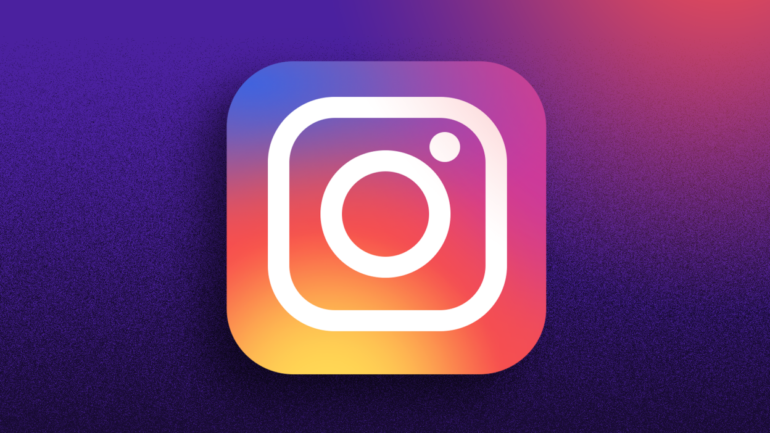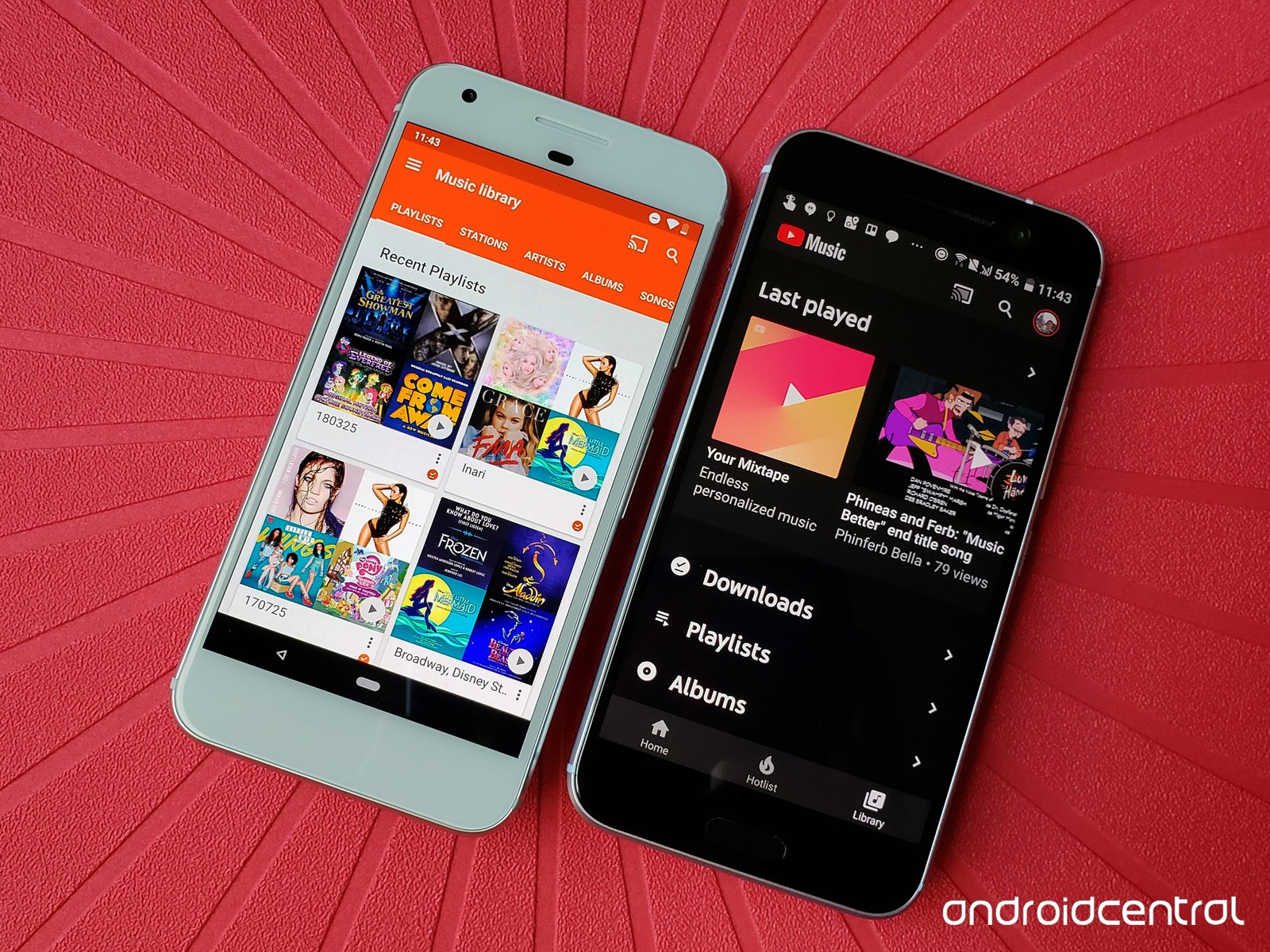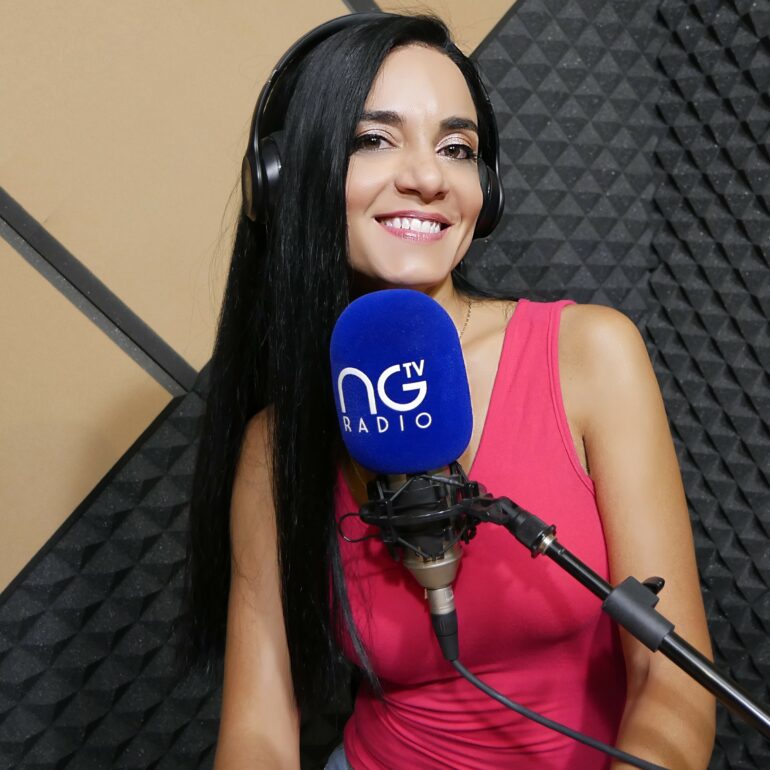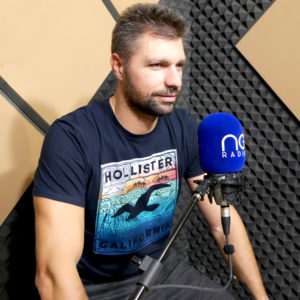So good... like you
Listeners:
Top listeners:
00:00
00:00
chevron_left
-
play_arrow
NGradio So good... like you
Google isn’t giving up on its quest to get you to pay it for music. That’s the main takeaway from Thursday’s announcement of YouTube Music, a re-imagining of how music-listening works on YouTube. The new streaming service will come in two flavors: a free tier called YouTube Music and a $10-per-month tier dubbed YouTube Music Premium, and it’s scheduled to debut on May 22 in the United States, Australia, New Zealand, Mexico, and South Korea.
This marks the fourth attempt this decade of Google trying to make paid music streaming work. Google Play Music launched in 2011 and though it found a niche audience over the years, it never truly challenged Spotify (or later, Apple Music), and now it’s about to be rolled into the just-announced YouTube Music service. In 2014, Google created YouTube Music Key, which offered ad-free videos and background listening for a subscription fee, but it still never took off in any meaningful way. You may be starting to pick up on a theme here.
In 2015, YouTube announced the YouTube Music app—a company is only given so many names for a music service. The app was simply a mobile version of YouTube, where you could remove ads and enable background listening with a YouTube Red subscription. Not to spoil anything, but the paid YouTube Music App also wasn’t a runaway success.
Beyond a history of repeated missteps, the greater issue facing YouTube Music (2018 Edition) is stiffer competition in the music streaming space. Apple just announced that its music service has 50 million subscribers, Spotify reached 75 million paying subscribers in May with a total user base of 170 million, and Amazon Music continues to quietly grow through Alexa-enabled devices.
So what will distinguish YouTube Music from the competition? T. Jay Fowler, director of product management at YouTube, told Pitchfork the service would offer a “deeply personalized experience” with the help of Google Assistant. That sounds unremarkably similar to Spotify’s recommended playlists that shift according to the time of the day. However, the real advantage of YouTube Music may not be AI, but rather the decade’s worth of content on the platform—be it covers, concert footage, or remixes—that Apple Music and Spotify won’t be able to match. The only problem is that users have gotten accustomed to this content being free since YouTube’s inception.
YouTube’s tiresome counterpoint is that, with over 1.5 billion users on the platform, it’s just about getting some people, not everyone, to pay to listen. Lyor Cohen, YouTube’s global head of music, said earlier this year: “There’s a lot more people in our funnel that we can frustrate and seduce to become subscribers.”
The new YouTube Music won’t open up to the public until May 22. We still haven’t tried the service out for ourselves, and it’s certainly possible Google has more surprises planned, such as key exclusives a la Tidal, or some killer feature we don’t know about yet. But for now, the service sounds most like a formalized way to push existing users to pay for music or else make them suffer through an endless stream of ads. The service launches next week, but it already feels like yet another attempt to force consumers into a product they’ve repeatedly made clear isn’t desired.
Source: gizmodo.com
Written by: New Generation Radio
Similar posts
ΔΗΜΟΦΙΛΗ ΑΡΘΡΑ
COPYRIGHT 2020. NGRADIO





















Post comments (0)